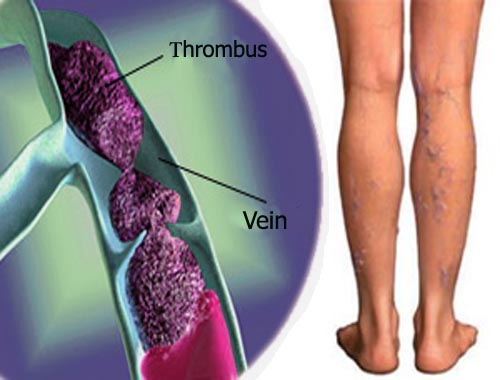Deep Vein Thrombosis (Vascular Disease)
DVT is the formation of a blood clot in a deep vein, usually in a calf or thigh muscle. DVT can partly or completely block blood flow, causing chronic pain and swelling. It may damage valves in blood vessels, making it difficult for you to get around. A blood clot can also break free and travel through your blood to major organs, such as your lungs or heart. There, it can cause damage and even death within hours. Half of all DVT cases cause no symptoms. Symptoms: Swelling in one or both legs; Pain or tenderness in one or both legs, which may occur only while standing or walking; Warmth in the skin of the affected leg; Red or discolored skin in the affected leg; Visible surface veins; Leg fatigue; If a blood clot breaks free and travels to your lungs, it's called a pulmonary embolism, and it can be fatal. Pulmonary embolism may not cause symptoms, but if you ever suffer sudden coughing, which may bring up blood; sharp chest pain; rapid breathing or shortness of breath; or severe lightheadedness, call 911 or go to an emergency room immediately.
